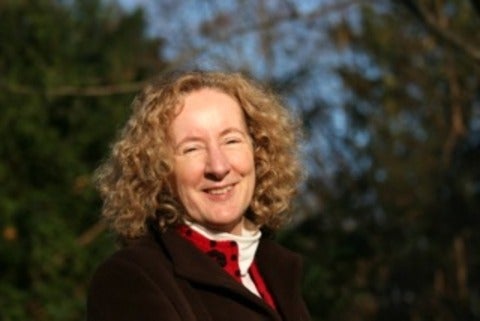Joonyeon Chang: Spin controlled electronic devices for the next generation electronics
Joonyeon Chang, Korea Institute for Science and Technology
The conventional electronic devices such as personal computer and mobile phones are primarily based on the control of electron charge in semiconductors. Although the tremendous progress in micro-fabrication technologies has accelerated the miniaturization of electronic devices, the size of devices will soon encounter the fundamental physical limits of that miniaturization. Further scale reduction beyond these limits will require a radical alteration of the concept of functional devices.
